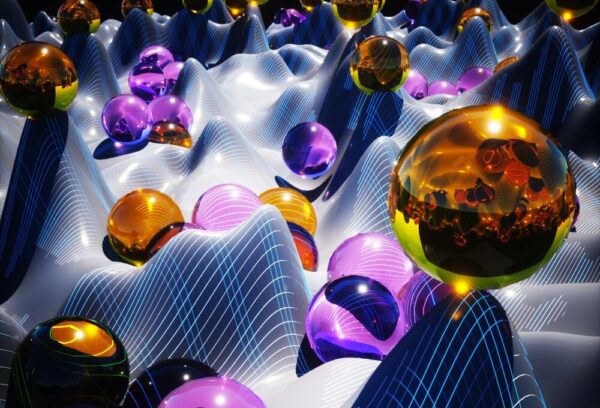One of the materials being investigated for use in the manufacture of new types of solar cells is Perovskite. The components are many disadvantages that researchers work to overcome and one of these disadvantages is reliability. A study at Brown University led Perovskite solar cell closer to commercial use after the team found a way to reinforce one of the main weaknesses of this type of cell.
The team has demonstrated a new “molecular glue” capable of keeping a key interface inside the cells to degrade. The treatment considerably increases the stability and reliability of the cells over time. The treatment also improves the efficiency of the conversion of sunlight into electricity inside the panels.
Perovskites are a class of materials with a unique crystalline atomic structure. More than ten years ago, scientists have found that the Perovskites were very good at the absorbent light, changing research on the use of the material in solar cells. The effectiveness of the solar cells of Perovskite has increased significantly and now from the rivals of traditional silicon cells. Perovskite cells are highly desired because the perovskite light shock absorbers can be made near the ambient temperature relative to the silicon requiring temperatures of nearly 2700 degrees Fahrenheit.
Perovskite films are also 400 times thinner than silicon waffles meaning fewer materials are needed in their construction. Perovskite cells could potentially be manufactured to a fraction of the cost of silicon cells. A key disadvantage for perovskite solar cells so far has been their stability and reliability.
Perovskite cells are made using five separate or more layers, and the lowest of these layers are one of the perovskite film used to absorb the light and the electrons transport layer that keeps the current through the current. cell. The new molecular glue reinforces this layer and has the potential to significantly improve the solar cell. The team used a formulation with compounds called self-assembled monolayers using a silicon atom on one side and an iodine atom of the other.











More Chintu Stories
The procedure of making an aftercare plan for rehab.
FDA says 12-15 years old can get Pfizer-Biontech Covid-19 vaccine
Can I eat grilled chicken every day?.